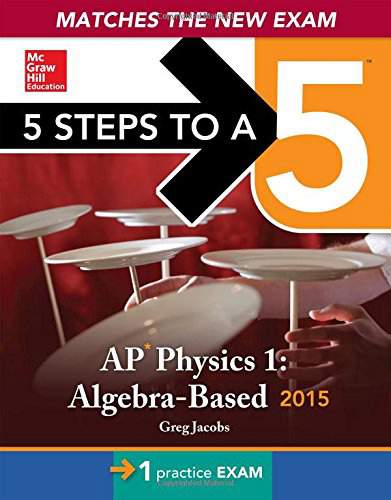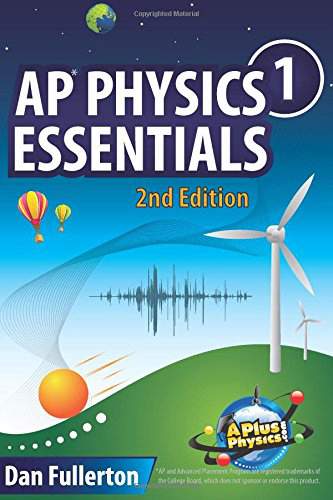Connecting...

This is a quick preview of the lesson. For full access, please Log In or Sign up.
For more information, please see full course syllabus of AP Physics 1 & 2
For more information, please see full course syllabus of AP Physics 1 & 2
AP Physics 1 & 2 Wave Characteristics
Lecture Description
Waves are unique energy packets that have special properties. As you go through the waves topic, be sure to keep SHM (simple harmonic motion) in mind as it will definitely reappear frequently. Here you’ll learn the basics of wave types and properties, as well as the general wave equation. In each topic thus far we’ve had at least one equation that was used immensely. For waves, the wave equation will be the one equation that you must know inside out. Once you feel comfortable with the different types and the wave equation, move on to some more properties of waves.
Bookmark & Share
Embed
Share this knowledge with your friends!
Copy & Paste this embed code into your website’s HTML
Please ensure that your website editor is in text mode when you paste the code.(In Wordpress, the mode button is on the top right corner.)
×
Since this lesson is not free, only the preview will appear on your website.
- - Allow users to view the embedded video in full-size.
Next Lecture
Previous Lecture










































 Answer Engine
Answer Engine


1 answer
Sun Mar 12, 2017 1:56 PM
Post by Woong Ryeol Yoo on March 12, 2017
Can I use the formula, v=d/t, for transverse waves as you did for longitudinal waves like sound waves.
1 answer
Sun Feb 8, 2015 12:42 PM
Post by Tori Lohnes on February 8, 2015
I have a question about Example 13. Why do you multiply the distance by two to find the velocity? I realize that with an echo, the distance is divided by two as the sound waves are bouncing back to the original position, but isn't the example somewhat the same? I guess what I'm trying to ask is how are velocity and distance related in these types of problems?
1 answer
Sat Oct 4, 2014 5:13 PM
Post by Aziza Bouba on October 4, 2014
Hi sir, can I have an orientation on this question?
The sound level measured in a room by a person watching a movie on a home theater system varies from
45 dB
during a quiet part to
75 dB
during a loud part. Approximately how many times louder is the latter sound?
1 answer
Sat Mar 23, 2013 3:55 PM
Post by Steve Troxel on March 22, 2013
Thanks SO SO much for the new video series! I was getting really worried that I wouldn't be ready for the Physics B exam and this is exactly what I needed and it was uploaded just when I needed it! Excellant organization and explanations!